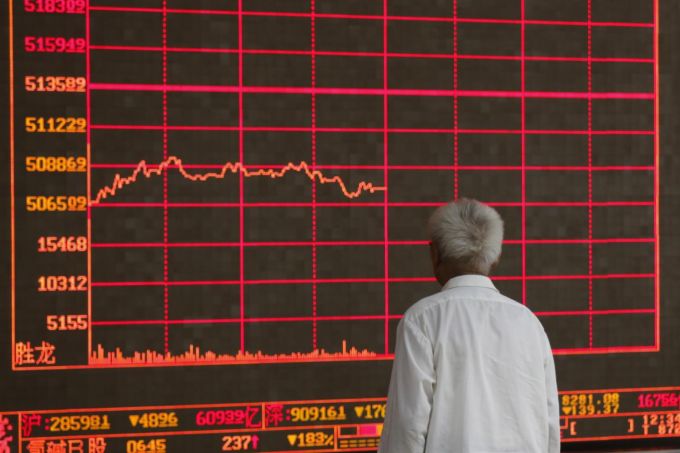(Aug 5, 2019) China’s central bank has reiterated that it has the confidence and capability of keeping the yuan exchange rate basically stable after the currency today fell sharply beyond 7 yuan per US dollar — its lowest level to the dollar since August 2010.
The People’s Bank of China attributed the weakening of the currency to factors including measures of unilateralism and protectionism, as well as the expectation of additional tariffs on Chinese goods.

Despite the weakening, the yuan has maintained basically stable and strong against a basket of currencies.
“The PBOC has the experience, confidence, and capability of keeping the yuan’s exchange rate basically stable at a reasonable and balanced level,” the statement said.
However, the Asian markets have generally plummeted as the Chinese yuan fell, days after US President Donald Trump’s vow to impose fresh tariffs on goods from China sent trade war fears soaring.
Trump’s announcement, which was made on Thursday, indicates all of the US$660 billion in annual merchandise trade between the world’s two biggest economies will be subject to punitive tariffs, with the latest duties due to take effect September 1.
The news saw all three major Wall Street indices slump to their lowest levels since June, with the S&P 500 and Nasdaq recording their worst weekly losses of 2019 on Friday.
The yuan’s depreciation spurred a sell-off across Asian markets, with Hong Kong losing more than three percent as pro-democracy protesters targeted the financial hub’s transport network, launching a city-wide strike aimed at forcing concessions from its embattled pro-Beijing government.
Singapore dropped 1.9 per cent, Tokyo and Seoul fell 2.4 per cent while Shanghai shed 0.8 per cent. Taipei and Bangkok were also down.
In China, the yuan’s drop causes speculation that Beijing was devaluing its currency to support exporters and offset Trump’s latest threat to hit US$300 billion in Chinese goods with 10 per cent tariffs, the Business Times reports.
The onshore yuan tumbled to 7.0307 against the dollar while the more freely traded offshore yuan tumbled to 7.1085, breaching the 7.0 level which many investors see as a key threshold in currency value.
Multiple rounds of tit-for-tat tariffs between the world’s top two economies have already battered trade, with China’s American imports shrinking 30 per cent in the first half of the year, the Business Times reports
“China is likely to drag out their response and retaliate in many ways against the US trade measures,” warned Edward Moya, senior market analyst at Oanda, as quoted by Business Times.
Although negotiators from both nations are expected to reconvene in Washington in early September for another round of talks after last week’s discussions in Shanghai, investors remain nervous, he said.
“Financial markets are still working on pricing in a complete collapse of trade talks amongst the Chinese and Americans,” he said.




































